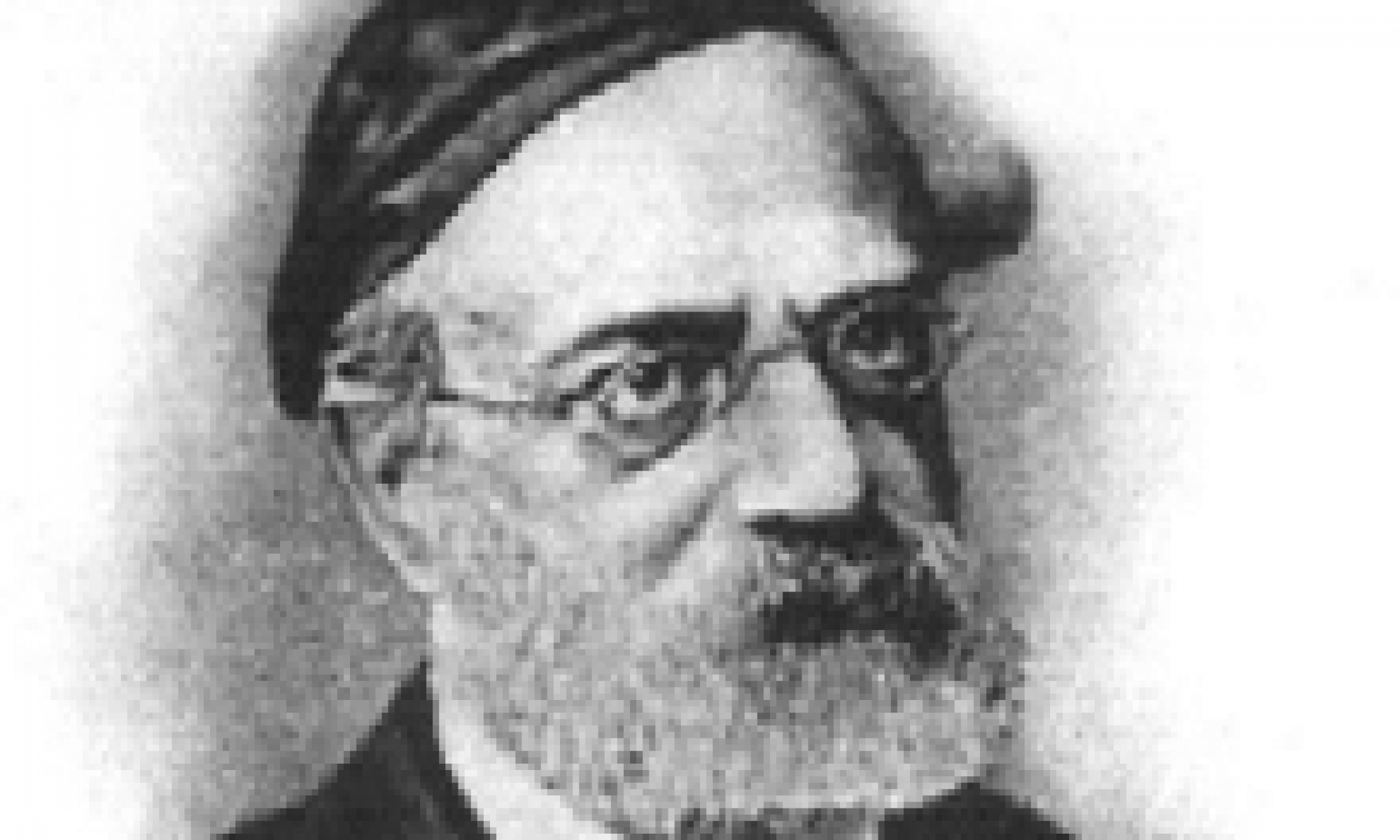The offerings must be brought on a מזבח. The root of the word is זבח which means killing or slaughter whose purpose isn’t to destroy but to provide nourishment. That is why זבח also means a meal. Offerings are considered a “meal”. The Torah calls offerings לחם אשה השם – bread of fire to השם. It sustains the the fire of holiness on earth. (RSRH expands on this idea in many places, calling the offerings fuel for the fire of holiness on earth. GS) Thinking of the symbolism of the offerings while bringing them evoke our commitment to carry out God’s Will on earth.
The offerings are offered to God with the concept of God as י-ה-ו-ה the educator man, the Giver of life, never with the notion of God as אלקים, ruler of the forces of nature, in mind.
Symbolically, one offers his own life in order to win new life from God. He offers himself up to God, dedicating himself to live a holy life on earth.
One dedicates…
…one’s mind through סמיכה ווידוי
…every pulse-beat through שחיטה,קבלת הדם וזריקת הדם
…every nervous impulse and muscular strength through הקטרת אברים
A קרבן עולה elevates. It is a consecration of action. The Cohen stands at a distance from the altar, dashing the blood against the lower half of the altar, thereby symbolically saying the person offering this isn’t even at the bottom of the mountain. He hasn’t reached the heights of his calling and should energize himself to reach the full potential of his calling.
A קרבן חטאת teaches man to return to his previous moral heights that he lost through his carelessness. The finger of the Cohen directs his (symbolic) blood back to the top of the altar.
A קרבן מנחה is a homage offering, brought in gratitude for the gifts he receives from God (and committing to make use of the gifts as God would want him to. GS)
Beraishis 8:2
pages 208-210


